For movie enthusiasts, buying popcorn at the cinema is nothing strange. But few people know that popcorn was once banned from being brought into movie theaters because it was considered trivial. However, today, popcorn has become an important source of revenue to help movie theaters maintain operations.
So how did popcorn transform from a trivial food to the savior of movie theaters in the 130 years since the popcorn machine was born?
Historical evidence shows that corn first appeared in what is now Mexico 10,000 years ago. As early as 3600 BC, people in today's Mexico and the indigenous peoples of South America knew popcorn.
By roasting corn kernels causing them to pop as the compressed water and starch in the kernels are released when exposed to high heat, popcorn in ancient times was often considered an entertaining food. Archaeological evidence shows that about 3,600 years ago, Native Americans popped corn in clay kettles with small holes in the lid.

Because the taste is quite bland, housewives mix butter and sugar into popcorn for breakfast. However, up to this point, popcorn is still just an unpopular side dish. Even with all the fuss, popcorn is not people's favorite food on the street.
Entering the 1840s, manual popcorn roasting techniques began to be applied and this dish gradually became more popular, but only on a small scale.
It was not until 1893 when the first steam popcorn machine was invented by Charles Cretors that the situation gradually improved. The fragrant roasting of popcorn and the popping process has attracted many people, especially when sellers often stand in front of supermarkets, fairs…
In addition, because corn was quite cheap, each bag was only about 5-10 cents, suitable for the income of many households at that time. The invention of the popcorn machine made the price of this buttery, sugar-scented food even more attractive.
However, popcorn is still just a common snack for street vendors, and is even banned from being brought into theaters. Although they appeared in circuses, festivals, and many entertainment activities, they were absolutely absent in early theaters or cinemas. So what changed everything?
Before the Great Depression of the 1930s, popcorn was the most strictly banned item in movie theaters and theaters. In fact before the first movie was shown in 1896, the theater was the main place of entertainment for the upper class.
Because the performance scene required the audience's attention as well as the high-class culture of the time, snacking on things like popcorn was considered impolite. Even other snacks are not allowed when watching the show.
In April 1896, the first movie was shown to the public in New York City using equipment from inventor Thomas Edison. In 1902, the first electric movie theater was built and this was also the first movie theater to only show movies and not mix other performances.
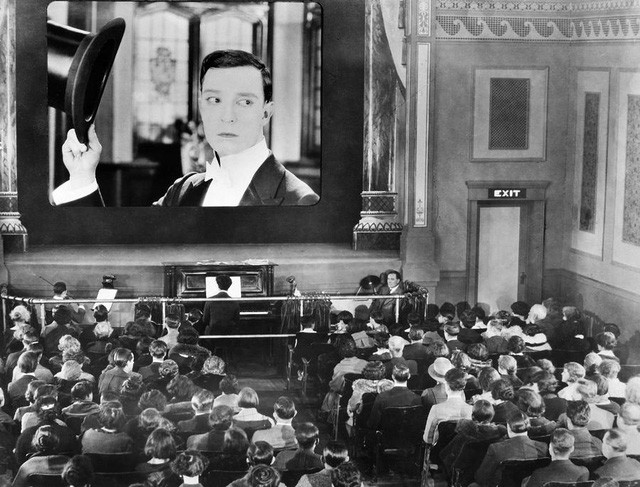
At this time, all movies are silent and they require people with the knowledge and skills to read the translated text or understand the content being conveyed. Going to the cinema at this time was mainly for the educated aristocracy and of course popcorn or distracting snacks were prohibited.
The sounds of eating and drinking will affect people in watching movies as well as reading and interpreting. In addition, movie theater owners also do not want their establishments to be stained by trash caused by junk food, especially in places with large gatherings of the upper class.
In 1927, sound movies were born and regardless of whether they were young or old, rich or poor, they could enjoy the movie without knowing whether they were literate or able to read. Taking advantage of this opportunity, a series of popcorn vendors line up in front of movie theaters to sell food to working-class or middle-class people who want to go see movies.
However, movie theaters still ban popcorn due to the desire to maintain hygiene as well as the “upper class” ideology of avoiding noise in the theater. Even people who come in to watch are checked to see if they have hidden popcorn or not.
Things only began to change when the Great Depression of 1930 occurred. While all kinds of snacks have increased in price, popcorn is still cheap due to the large supply and extremely simple production process. This makes popcorn sellers make big profits.
On the contrary, movie theaters had to close en masse as even the upper class saved money during the Great Depression. Realizing that if they don't find a way to survive, the movie theater industry in the US will be quickly wiped out, and popcorn vendors have attracted the attention of some bosses.
The story begins when RJMcKenna, a director of a chain of 66 movie theaters in the US, although he hates popcorn, still decides to sell it in the theater hallways to make a profit.
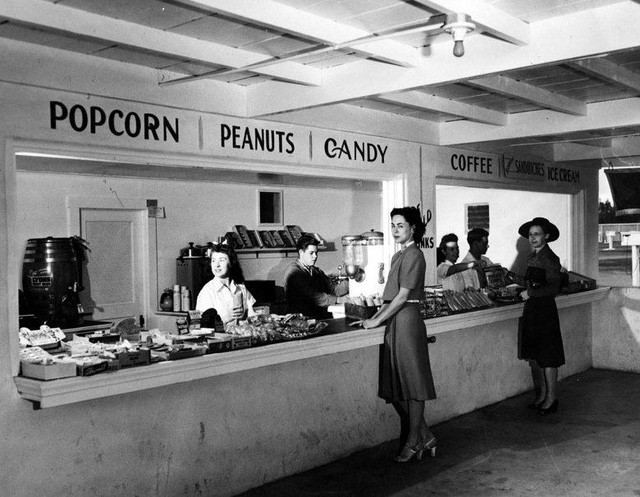
In 1938, when McKenna decided to sell popcorn in movie theaters, the theater's ticket sales profit after deducting expenses was almost zero, but in return, they earned nearly $200,000 in profit from popcorn sales. This number, if inflation is included, would be equivalent to 3.5 million USD today.
Understanding that he had discovered a gold mine, McKenna decided to reduce ticket prices from 50 cents to 15 cents to attract more customers to watch the movie, in return the theater would make a profit from selling popcorn and drinks. From now on, the movie theater industry in the US began selling all kinds of snacks and drinks to make a profit. Lowering ticket prices also makes people go to the movies more and indirectly increases profits for the industry.
However, popcorn is still just one of countless snacks during this period, especially when the Great Depression is over and the cost of living gradually recovers. So why can they beat other snacks to become a symbol of the cinema?
Ticket sales are secondary
During World War II, the sugar supply chain for the United States was interrupted. The government also prioritized supplying sugar to the military, leading to a shortage of sugar, candy or any sweets on the shelves.
As a result, movie theaters now only have popcorn as the only bright item they sell to audiences. By the end of World War II, Americans were consuming three times as much popcorn as before the war, and this snack officially became a symbol of movie theaters.
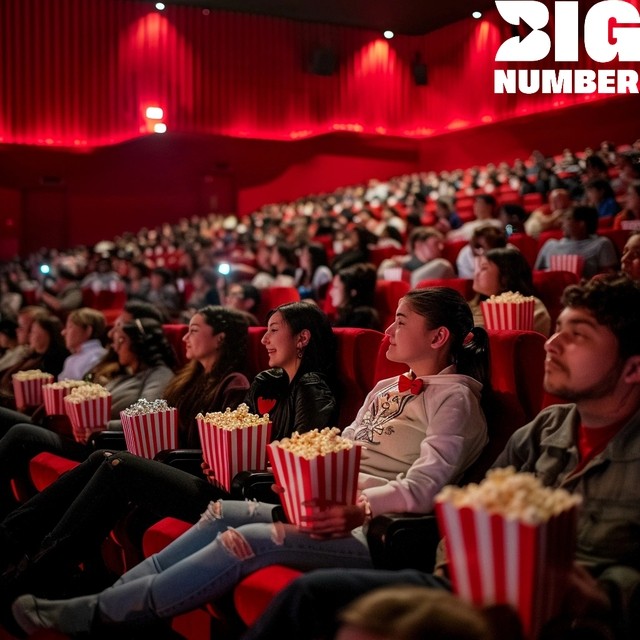
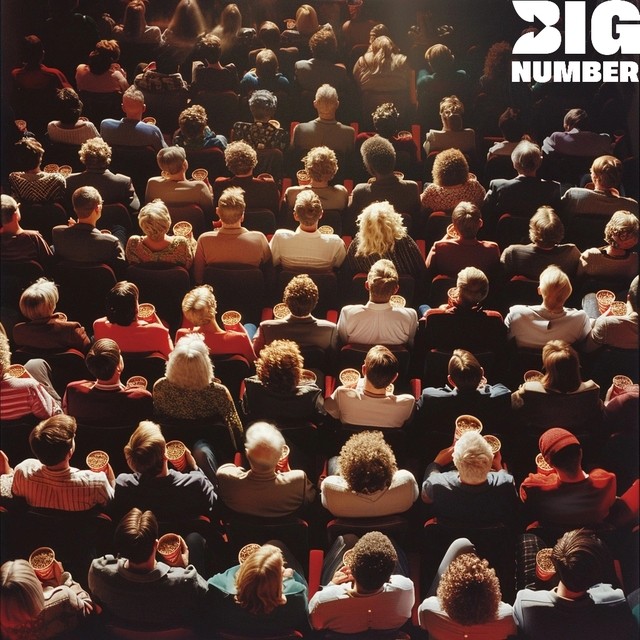
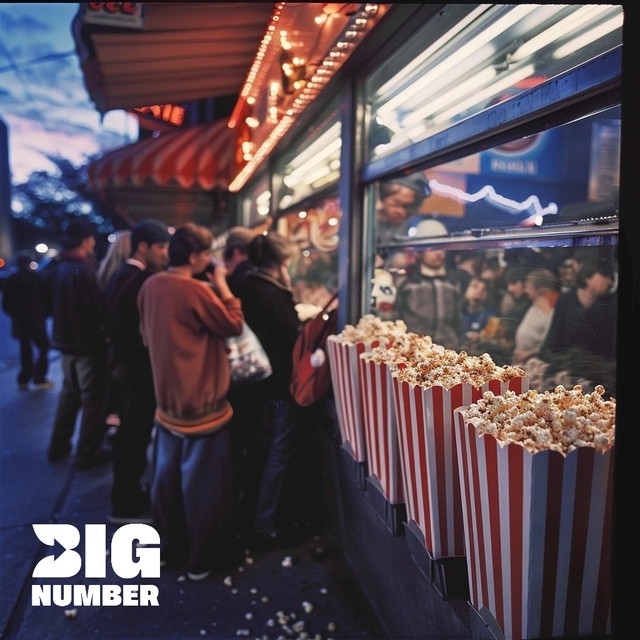
Even as television developed in the 1950s, the popcorn industry continued to boom 500% more than before as households bought more snacks to take home and watch television.
However, about 50% of the popcorn consumed in the US comes from movie theaters and this business model exists to this day. After all, movie theaters can enjoy 100% of revenue from popcorn and drink sales, but they can only receive about 40% of ticket sales because they have to share with film producers and distributors.
Nowadays, profits from popcorn are the main source of income to help movie theaters maintain operations, including the costs of lights, air conditioning, labor, etc. So if you are a movie lover and want movie theaters to still operate, If you can move, it's not the movie tickets but the popcorn that should be bought.
Source: Compiled





